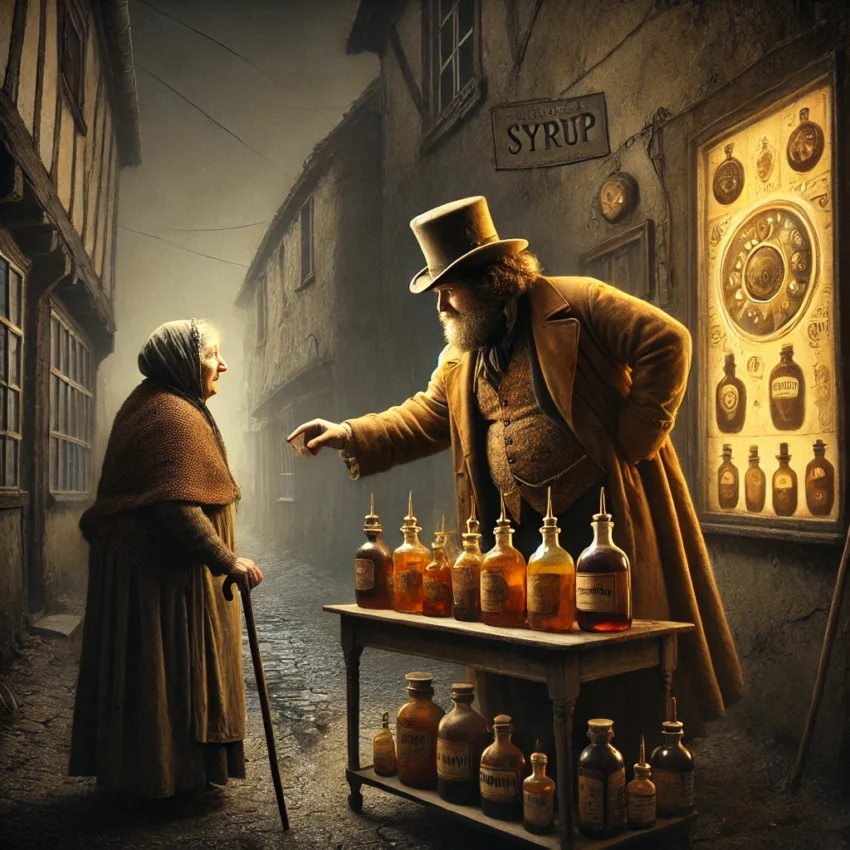(Hear me, hear me, listen, o countrimen) – The Elixir of Love by Gaetano Donizetti
The Composer
Gaetano Donizetti (1797–1848) was a leading Italian composer of the 19th century, renowned primarily for his operas. Alongside Gioachino Rossini and Vincenzo Bellini, he is considered one of the main exponents of bel canto—a lyrical style of operatic singing.
The Opera
Composed in 1832, “The Elixir of Love” stands as one of Donizetti’s most beloved comic operas. It captivates audiences with its sparkling melodies, vibrant orchestration, and vividly drawn characters.
Set in an Italian village, the opera centers around Nemorino, a shy young peasant in love with Adina, a wealthy and capricious woman. Adina, however, is being courted by Sergeant Belcore.
Enter Dulcamara, a charlatan who sells Nemorino a “love elixir”—which is actually just wine—promising it will win Adina’s heart. Believing in the elixir’s power, Nemorino’s newfound confidence makes Adina jealous. In a moment of anger, she agrees to marry Belcore.
Desperate, Nemorino joins in the army to buy more elixir. Coincidentally, he inherits a fortune, suddenly attracting the attention of all the village girls. Seeing this, Adina realizes her true feelings for Nemorino. She buys out his enlistment contract, freeing him from the army. The opera concludes with Nemorino and Adina confessing their love for each other.
Historical Medical Context
Dulcamara, a character in Donizetti’s “The Elixir of Love,” provides a fascinating lens through which to examine medical history—specifically, the prevalence of charlatans and itinerant doctors in the 18th and 19th centuries.
In 18th and 19th century Europe, itinerant doctors—often called “charlatans”—were a common sight. These colorful characters roamed from town to town, hawking an array of “miracle” remedies: elixirs promising long life and potions claiming to cure every imaginable malady. Theatrical and silver-tongued, they combined showmanship with resourcefulness. Taking advantage of widespread medical ignorance and lax regulations, these charlatans promoted products that, more often than not, possessed no actual therapeutic value.
In the era depicted by the opera, medicine was still a nascent science. The scarcity of effective treatments for numerous ailments, coupled with a lack of robust scientific understanding, bred widespread skepticism towards conventional medicine. This climate of doubt created fertile ground for characters like Dulcamara to flourish. These self-proclaimed “doctors” capitalized on people’s gullibility, hawking quick fixes and simple remedies for intricate health issues.
Historically, miracle remedies were peddled as quick fixes for everything—from chronic illnesses to matters of the heart—mirroring Dulcamara’s tactics in the opera.
Dulcamara embodies a pivotal moment in medical history, as the field began shifting towards a more scientific, evidence-based approach. His comical portrayal as a crafty charlatan offers a subtle critique of unscientific medicine and its practitioners. Through this character, the opera cleverly satirizes the medical chicanery that was prevalent during this transitional period.
Characters like Dulcamara played a complex role in shaping public perception of medicine. They highlighted the importance of critical thinking, cautioning against blindly accepting any proposed “cure.” However, these charlatans also fostered distrust in legitimate medical practices—a skepticism that persisted until evidence-based medicine took hold in the late 19th century.
